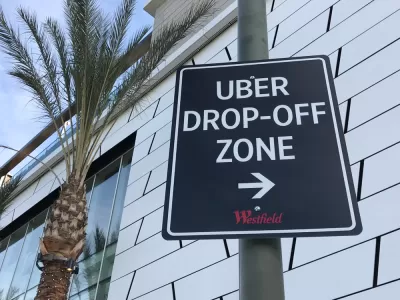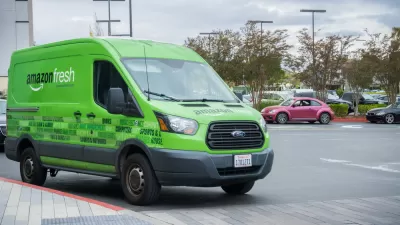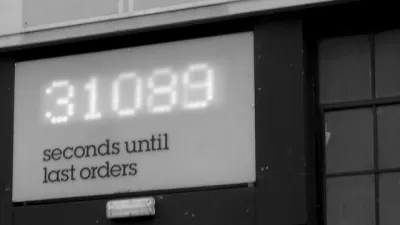Washington, D.C. continues its leadership in the management of curb space as transportation modes change. First, the District experimented with curb areas for ride-hailing companies; now the focus shifts to app-based delivery services.

The Washington, D.C. District of Transportation (DDOT) is adding features to its curbside management program, dubbed the curbside pickup-dropoff (PUDO) program.
According to an article by Katie Pyzyk, the new innovations in the program focus on commercial curb scape activity.
"DDOT partnered with mobility company curbFlow to research and analyze demand at nine locations where commercial delivery pickup-dropoff activities often result in double parking. Starting Aug. 1, parking will be removed at these locations for 12 weeks to create commercial loading zones where study participants will use a free app to coordinate curb time," according to Pyzyk.
"Analysts at curbFlow will collect data to determine curb space safety, utilization, productivity and equitable access. The study will help DDOT understand the changing delivery landscape and inform decisions about curb space use policies," adds Pyzyk.
As noted in the article, Washington, D.C. was one of the first to launch a program to manage curb space for transportation network companies (also referred to as ride-hailing companies). The new aspects of the program retain one critical element of the program's previous focus on TNCs: personal vehicles used for commercial services. The newly announced focus of the program will deal with app-based food, alcohol, grocery, convenience store and other goods delivery services that often use the same model, explains Pyzyk.
FULL STORY: DC launches curb space pilot for commercial deliveries

Alabama: Trump Terminates Settlements for Black Communities Harmed By Raw Sewage
Trump deemed the landmark civil rights agreement “illegal DEI and environmental justice policy.”

Planetizen Federal Action Tracker
A weekly monitor of how Trump’s orders and actions are impacting planners and planning in America.

Why Should We Subsidize Public Transportation?
Many public transit agencies face financial stress due to rising costs, declining fare revenue, and declining subsidies. Transit advocates must provide a strong business case for increasing public transit funding.

Phoenix Announces Opening Date for Light Rail Extension
The South Central extension will connect South Phoenix to downtown and other major hubs starting on June 7.

How Housing as a Financial Product Harms Communities
Institutional buyers who treat housing as an investment product become disconnected from the impacts of higher rents, displacement, and housing instability.

Blinded by the Light: When Brighter Headlights Decrease Safety
Bright LED headlights can create glare and reduce visibility for other drivers and pedestrians.
Urban Design for Planners 1: Software Tools
This six-course series explores essential urban design concepts using open source software and equips planners with the tools they need to participate fully in the urban design process.
Planning for Universal Design
Learn the tools for implementing Universal Design in planning regulations.
Caltrans
Smith Gee Studio
Institute for Housing and Urban Development Studies (IHS)
City of Grandview
Harvard GSD Executive Education
Toledo-Lucas County Plan Commissions
Salt Lake City
NYU Wagner Graduate School of Public Service





























